A Brief History of Tahoe and its People
By: Cam Schilling
By: Cam Schilling
Tahoe history begins with the Washoe people. When John C. Fremont “discovered” Lake Tahoe in 1844, the Washoe Tribe were already here. Native Americans, specifically the Washoe Tribe, had lived near the lake for 10,000 years, probably more. The lake was the center of the Washoe world, providing a bounty of foods for winter. The Washoe camped, hunted, fished, and cherished Lake Tahoe, which they considered sacred life-sustaining water.
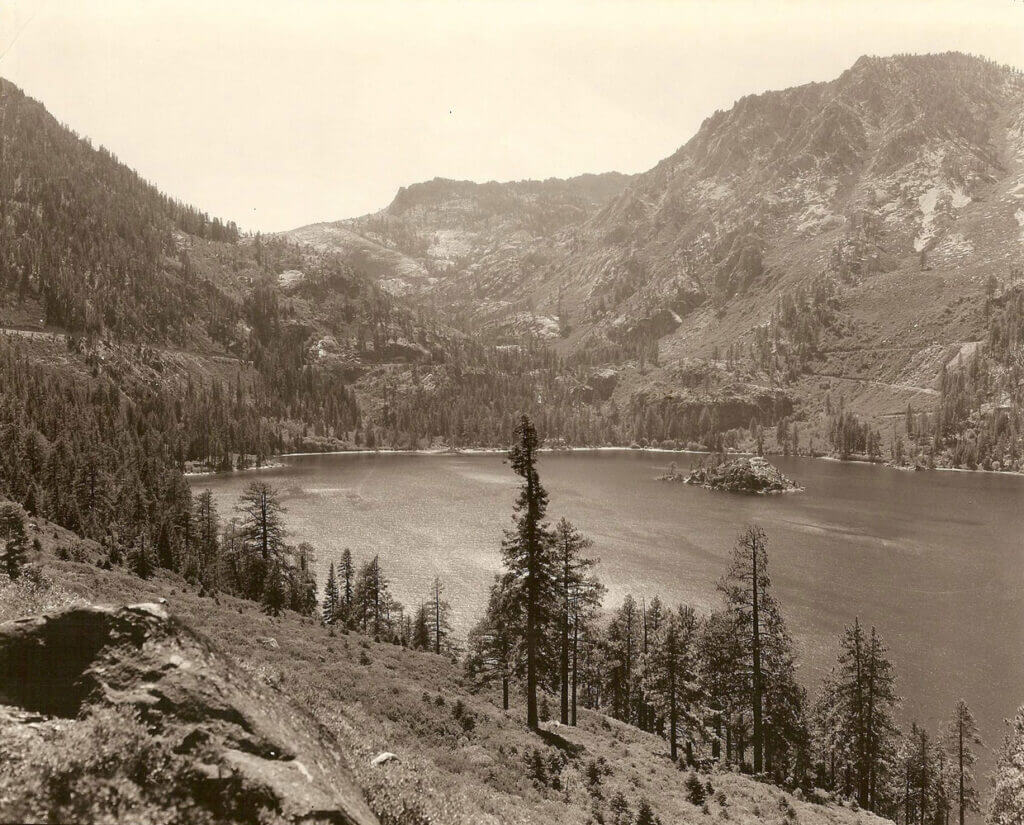
Even the name ‘Lake Tahoe’ is from the Washoe, or at least it’s origin is before we garbled it up. The word ‘Tahoe’ is the result of a mispronunciation of the first two syllables of the Washoe’s word – Da ow a ga – which translates to “edge of the lake.” The Washoe people are the original Tahoe locals, and they cherished the lake and its surrounding land. Meanwhile, Fremont’s crew largely ignored what they had stumbled upon for years.
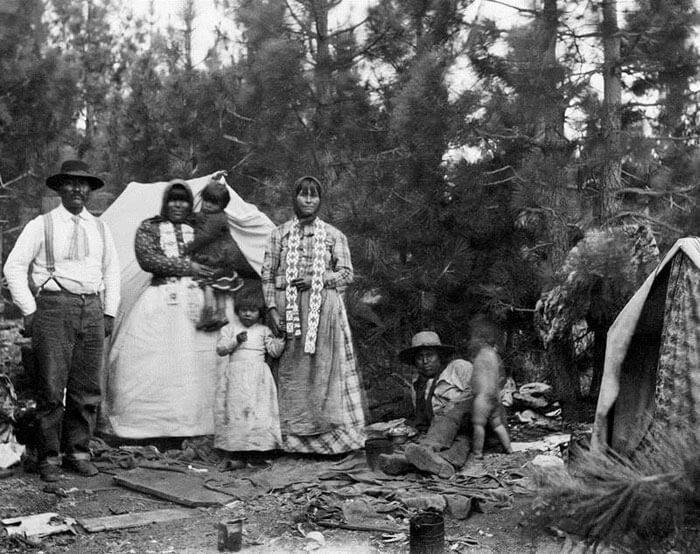
It wasn’t until closer to 1859 when explorers returned to Tahoe as the Comstock Lode was discovered in Virginia City, NV. As a result, Tahoe became a hub of a thriving commerce between the silver mines of Virginia City and the Central Pacific Railroad (out toward Truckee), which pushed the region’s native population out. This influx of jobs, people and money brought many good things with it, but also some less favorable. For the duration of the 1860s and the Comstock era, Tahoe experienced large-scale deforestation. At this point it is estimated that 80% of the basin’s forests were cleared out, times were changing rapidly.
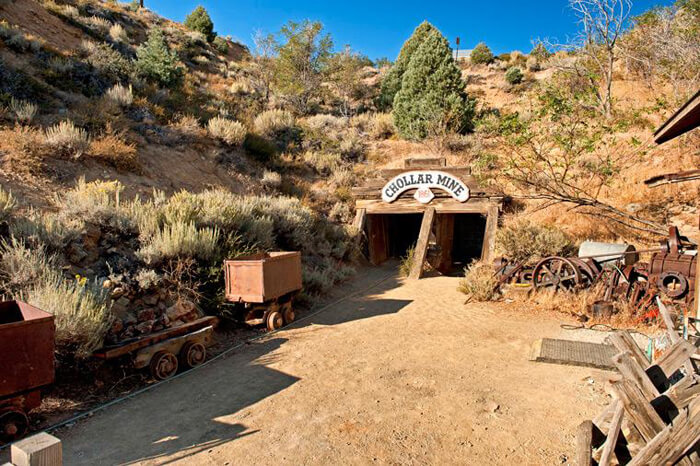
Business was booming, which brought in many different investors, and everyone wanted a piece of the pie. The quest for silver was not slowing down, and timber was required to build mine shafts, hotels, and other developments. It wasn’t just silver. The 1850’s marked the height of the California Gold Rush and brought around 300,000 prospectors towards the American River, San Francisco and the surrounding areas.
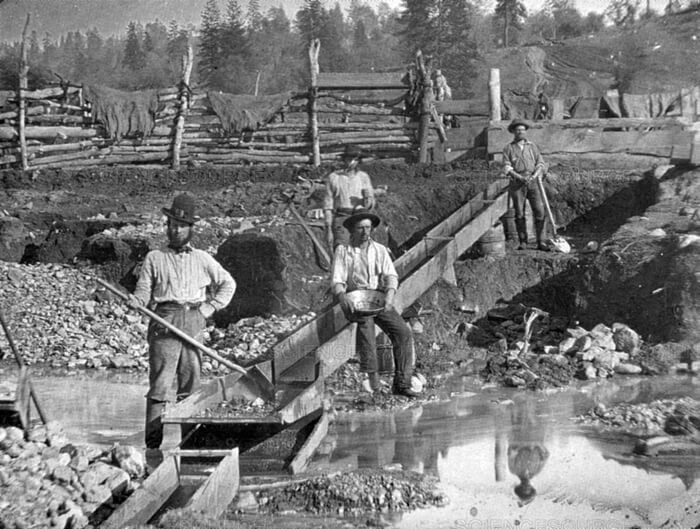
Between mining, stocks, real estate and other enticing new business opportunities, many average men were made into comfortable millionaires. Amid it all, this hidden gem of a town had transformed from the undisturbed natural treasure it once was. A new era was born, and many Californians were enjoying the flourishing economy, including Lake Tahoe.
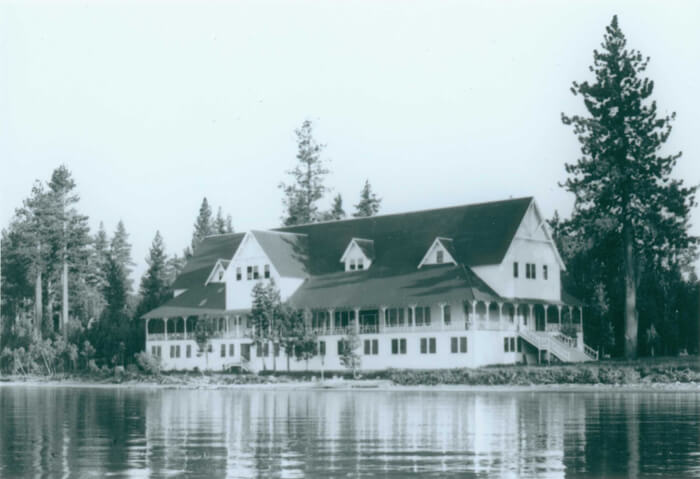
With the arrival of the transcontinental railroad, the lake became a retreat for the wealthy from San Francisco, Sacramento, and Virginia City. Hotels were needed, and what we now know as the Tallac Historic Site was a key starting point. In 1880, an incredibly successful and fortunate entrepreneur named Elias “Lucky” Baldwin assumed ownership of the Tallac Point House. He turned it into a luxurious resort, which also happened to be Lake Tahoe’s first casino. He built up an additional hotel, numerous outbuildings accommodating over 250 guests, a ballroom, string orchestra, croquet & tennis courts, an opulent promenade, and even steamer rides. Lucky was known to enjoy gaming, hosting friends and throwing lavish parties.
Much can be said about Lucky and his spirit for business and gaming. He had a monumental impact on this town and California in general. Whether you believe in his nickname “Lucky” or believe he was a calculated businessman, a combination of the two led him to great success. He ultimately pioneered the development of Lake Tahoe during the late 1800s.
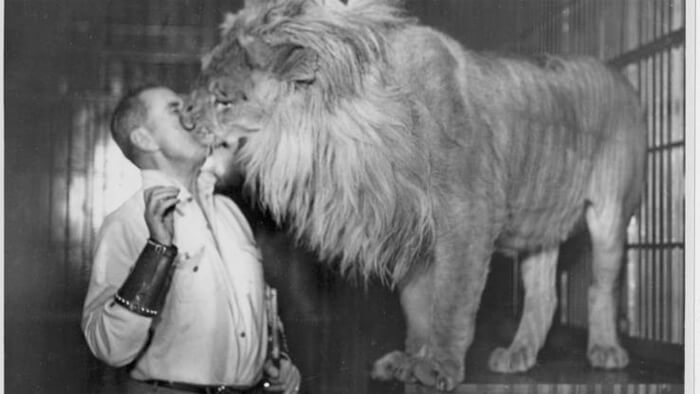
Right around this time, a man named George Whittell Jr. had also taken a liking to Tahoe. Whittell was a very wealthy business entrepreneur who inherited an incredible fortune. During the roaring 1920s, Whittell was known to be over-the-top when it came to his hobbies and partying. Whittell was deeply fascinated by automobiles, airplanes and boats. He also collected various exotic animals for his own little zoo. He didn’t actually inherit his fortune until 1922, at which point he made some wise investments and began plans, which led to acquiring land along Lake Tahoe.
Through business ventures in Nevada in the early 1930s (to avoid the rapidly increasing California taxes), Whittell heard of some property at Lake Tahoe being offered for sale by the Carson & Tahoe Lumber and Fluming Company. With dreams of building casinos at Sand Harbor and Zephyr Cove, Whittell acquired over 40,000 acres, including more than 25 miles of shoreline. In 1939, his magnificent Thunderbird Lodge was built along with his Thunderbird Yacht to get around the lake.
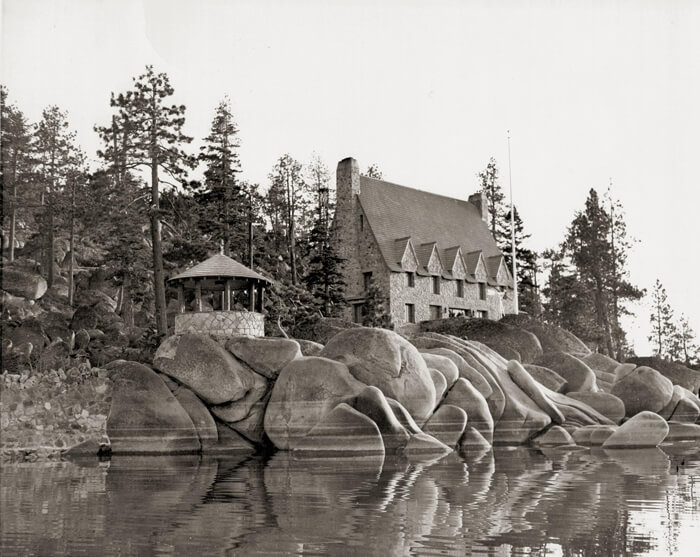
For many years Whittell enjoyed playing with his toys, partying and high-stakes gambling in the card house. As he got older and experienced Tahoe more his ideals for extravagant summer properties and casino resorts faded away. He enjoyed his privacy and the beauty of Lake Tahoe so much that he abandoned his plans and refused to sell or build. He found that the miles and miles of secluded forest and shoreline were too precious to develop and held onto this land for three crucial decades. This greatly slowed down development efforts on the east side of the Lake. We can still see that it is clearly the least developed part of the lake today.
Originally, Whittell was drawn to Lake Tahoe for business in the alpine basin. In the end, the natural beauty made him too stubborn to tamper with it.
Lodging in Lake Tahoe